
Visiting the Outer Islands of the Socotra Archipelago
Updated January 2024, Visiting the Outer Islands of the Socotra Archipelago was originally published in July 2022
After all these years of going back to Socotra, I finally made it to the outer islands of the Socotra Archipelago this past March. Reaching the Socotra outer islands is no easy feat either, requiring several days on a fishing boat to reach all of the islands and return to Qalansiya on Socotra Island.
What most people don’t realize at first is that the Socotra Archipelago is actually comprised of four islands and two rocky islets. Socotra Island is the largest island in the archipelago, followed by Abd al Kuri, Samha, and finally little Darsa. The islets include Kal Firun, which is two side-by-side pyramidal islets, and Sabuniya which sits fairly close to Qalansiya on the main island.
Aside from Socotra Island, the only islands of the archipelago that are inhabited by humans are Abd al Kuri and Samha, though Darsa, Kal Firun, and Sabuniya are home to sizeable bird populations.
Note that as if January 2024, the local authorities are not allowing foreigners to visit Abd al Kuri.
Need Travel Insurance and Evacuation Services for Socotra?
Start shopping for travel insurance plans over at IATI Insurance. Readers of the Adventures of Nicole get a 5% discount off your plan.
The Adventures of Nicole partners with Global Rescue to offer the world’s leading medical evacuation and security advisory services. To travel with peace of mind, shop evacuation coverage at Global Rescue.
The Outer Islands of Socotra
Abd al Kuri

Abd al Kuri is the largest of the outer islands and home to the largest population after Socotra Island.
Geographically speaking, it’s the closest to Somalia at only 80 km offshore from Cape Guardafui, and is the furthest west island of the archipelago. Abd al Kuri is arid and rocky with a jagged mountain range that bisects the island from east to west with the highest mountain being that of Jebel Saleh at a lofty 509 meters in elevation. The island is about 32 km long and 6 km wide.
Abd al Kuri has a population estimated between 400 and 1,000 people of various regional backgrounds ranging from Socotri to Somalian, Eritrean to Arabian, though its number of denizens is always in flux. This is largely because Abd al Kuri is extremely remote and much of the population subsists on fishing. Much like Socotra Island, Abd al Kuri is whipped with winds in the summer months which drives many of its residents to Mukalla on the mainland to live for those months of the year.

One other fact about Abd al Kuri is that the island’s sovereignty is disputed between Yemen and Somalia with both nations claiming it as their own, though it officially functions as a territory of Yemen.
Arriving at Abd al Kuri

Abd al Kuri was the first outer island we stepped foot on. We had gotten an early start leaving on our boat from Qalansiya at around 6:45 am. We estimated that it would be a roughly 6 hour journey to reach Abd al Kuri but ended up being quite a bit longer with us arriving at a sweeping bay off of Abd al Kuri’s northern coast just after sunset at around 6:30 pm.

A small speed boat came from the shore to meet us, its men coming aboard to check all of our permits to make sure we were clear to visit. After nearly an hour of much to do and what sounded like a little haranguing in Socotri all of us and our crew were loaded onto the small boat to head to shore.
I was facing toward the back of the boat, noticing that the wake behind the boat was glowing a neon turquoise. At first, I thought it was a green-colored light that may have been lit from the back of the boat but everyone else soon saw the same- it was a sea of bioluminescence behind us.
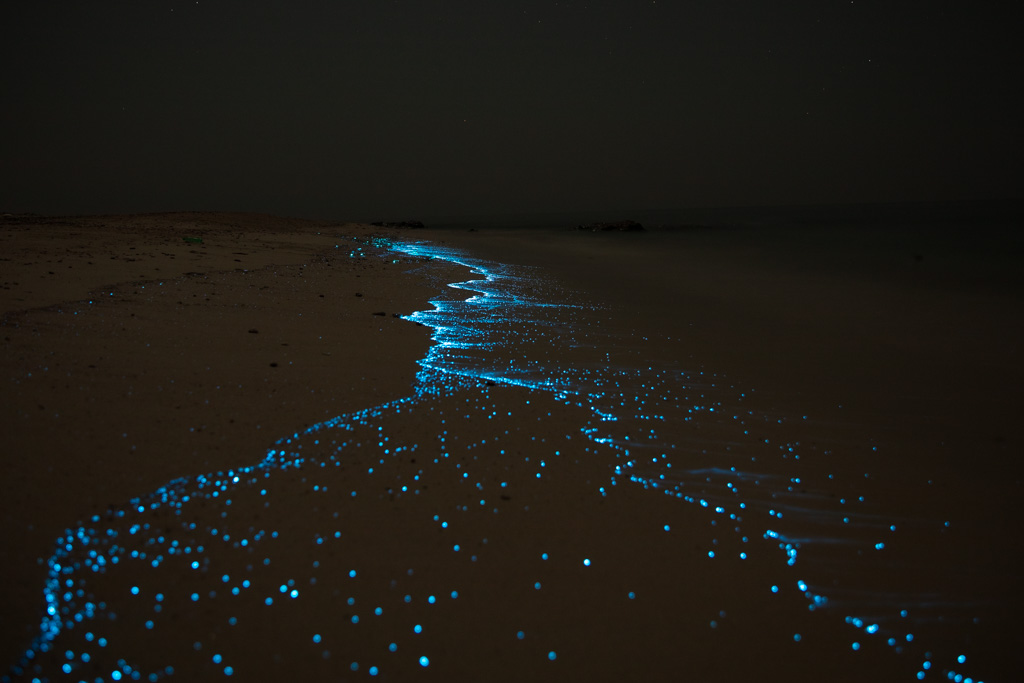
As we hopped off the boat upon arrival the warm Arabian Sea water glimmered in pops of blue with every step pressing into soft white sand, making that long 12 hour journey entirely worth the effort. This perfect sugary sand beach was our home for the next couple of nights.
Touring Abd al Kuri

Surprisingly, given its remoteness and all, Abd al Kuri does have a road that runs its course from the beach we slept on the northwest of the island all the way to Ras al Kaysat al Naum, the eastern terminus of the island. Don’t get too frenzied though- it’s a rough dirt track and cars are few and far between here.
At about 8 am the following morning after breakfast a truck came trundling toward the beach to take us on a grand tour of Abd al Kuri. Nearly 20 of us between my group, the Socotri staff I always work with, the men operating the boat, and a couple of local guys all hoisted ourselves into the back of a truck slightly larger than a Ford Ranger to explore Abd al Kuri’s villages.

Bir al Ajuz
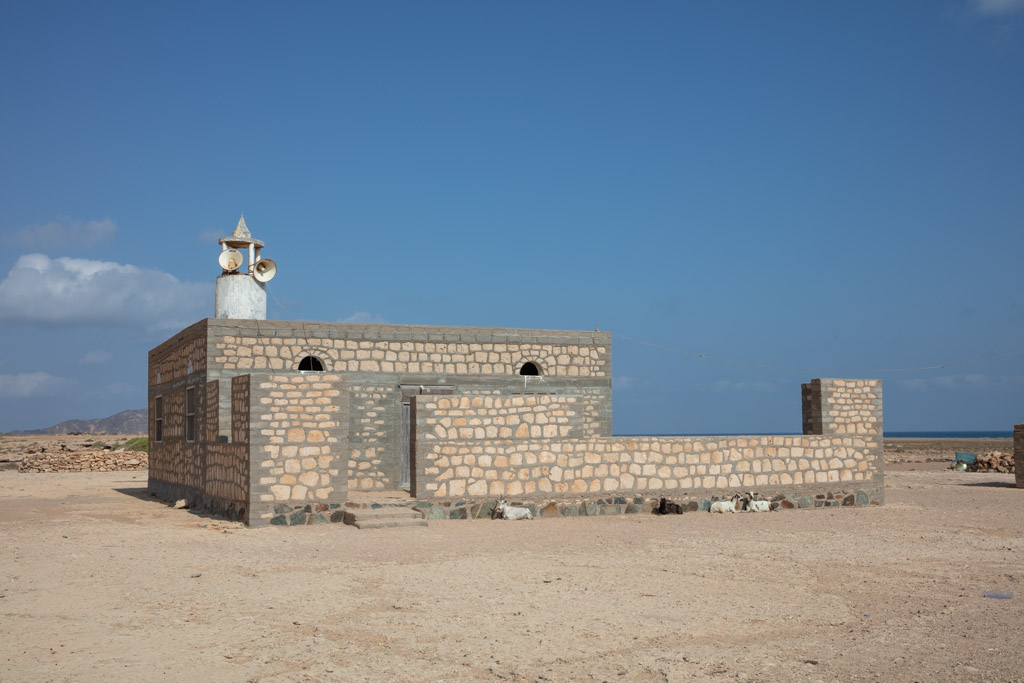

Our first stop was the lively village of Bir al Ajuz. An excited mob of kids surrounded the truck as we rolled up to the village shouting hello and salam to each of us. Bir al Ajuz was fairly small, a scattering of stone homes and a mosque. Despite its meager size, it was the most enthusiastic of the villages on Abd al Kuri.
The UAE Military Base on Abd al Kuri
As we rolled eastward from Bir al Ajuz we were requested to not take any photos along a stretch of the path, owing to the fact that the UAE is in the works of building a military base here on Abd al Kuri. I had heard about this before and I knew we were surely going to pass it at some point. As we left the village we passed an old rusted out tank and then some large canvas tents. Word is that they are to put in a runway too.
Abd al Kuri sits in one of the most strategic points on Earth, being smack between Yemen and Somalia where the Red Sea dumps out into the Gulf of Aden along a major modern-day shipping lane. There’s a lot of speculation as to what the UAE’s official business is here in Abd al Kuri but surely, it can’t be good or to the benefit of the Socotri and Yemeni people.
Bayt Isa
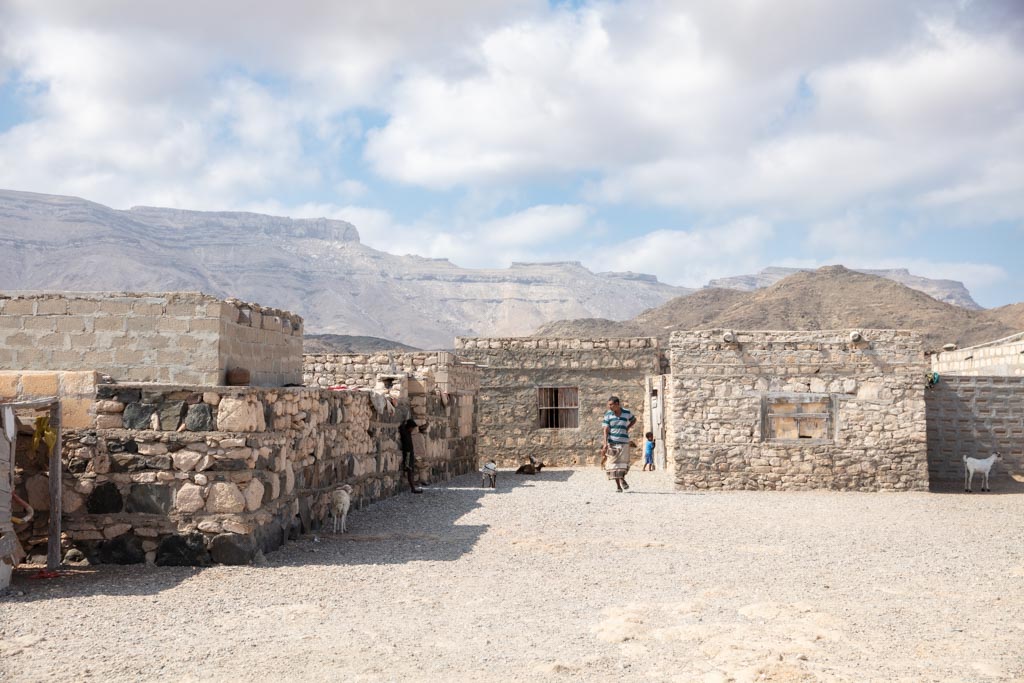
Shortly after we rolled by the canvas tents and the flat clearing that I assumed was to be the potential airfield, we were told we could once again take out our phones and cameras as we descended into the village of Bayt Isa. The welcoming committee (kids) in Bayt Isa were a bit more subdued than their friends in Bir al Ajuz, though still quite curious. Here the women in the group were whisked away into the women’s quarters of a local home for chai and to chat in the little Arabic and Socotri I could muster.
Khasat Saleh

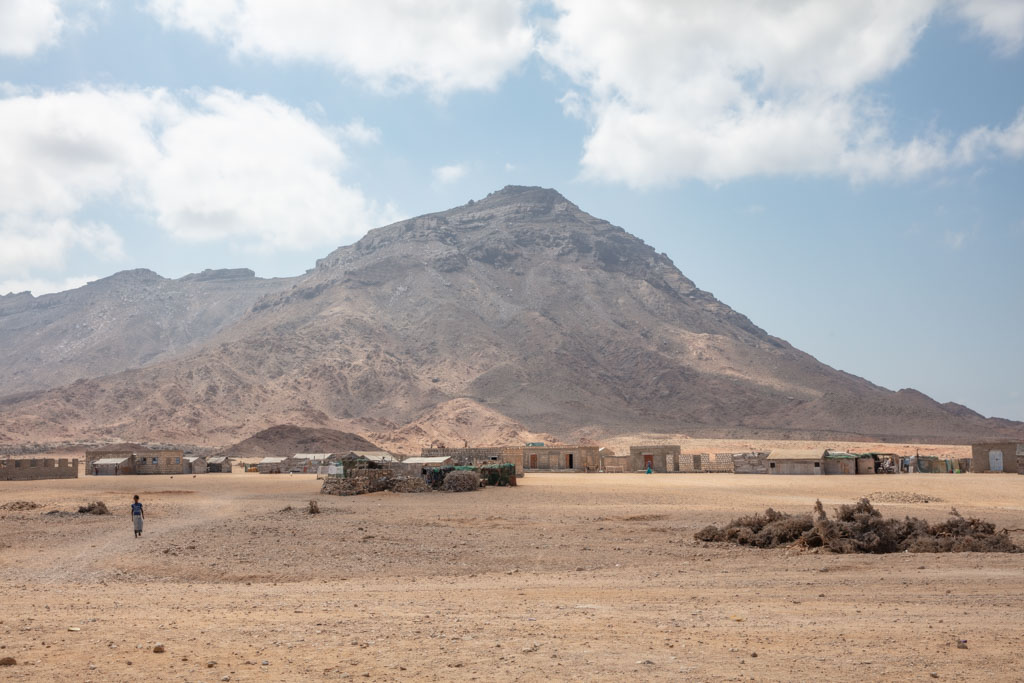
A bit further into the interior of Abd al Kuri took us to Khasat Saleh, the largest village on Abd al Kuri I was told. The village was surrounded by lunar landscapes with spiky alien mountains and seemed to be somewhat divided into upper and lower sections. Here in Khasat Saleh, we toured a mosque that looked unfinished and the local school though it appeared that no one was in class today.
Boys with flocks of sheep passed by the distance as we were again ushered into another small room full of curious women and girls.
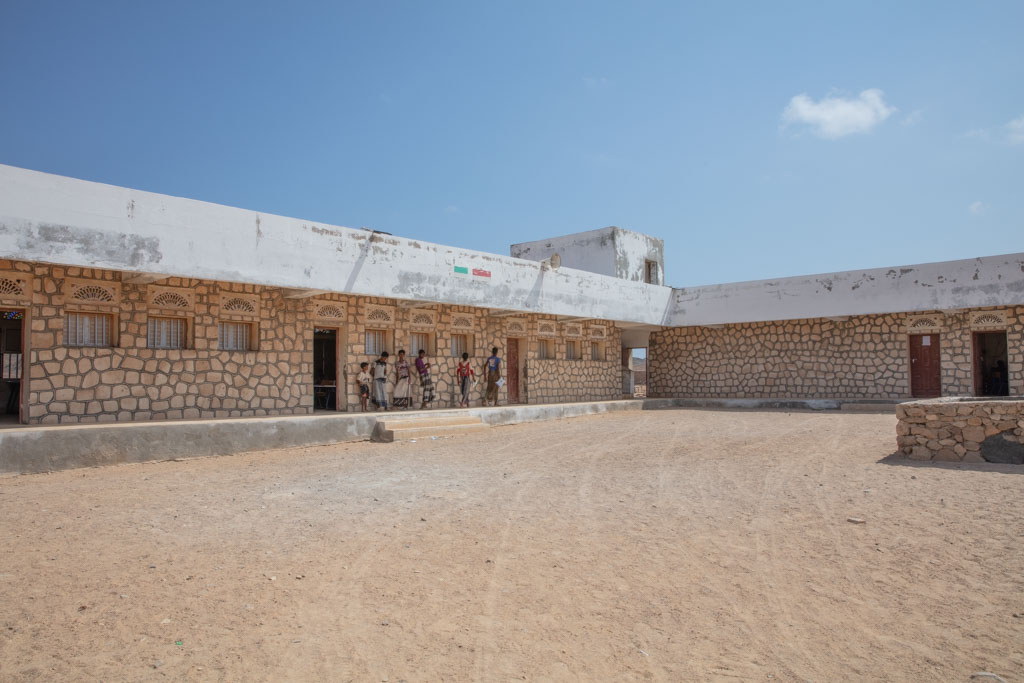
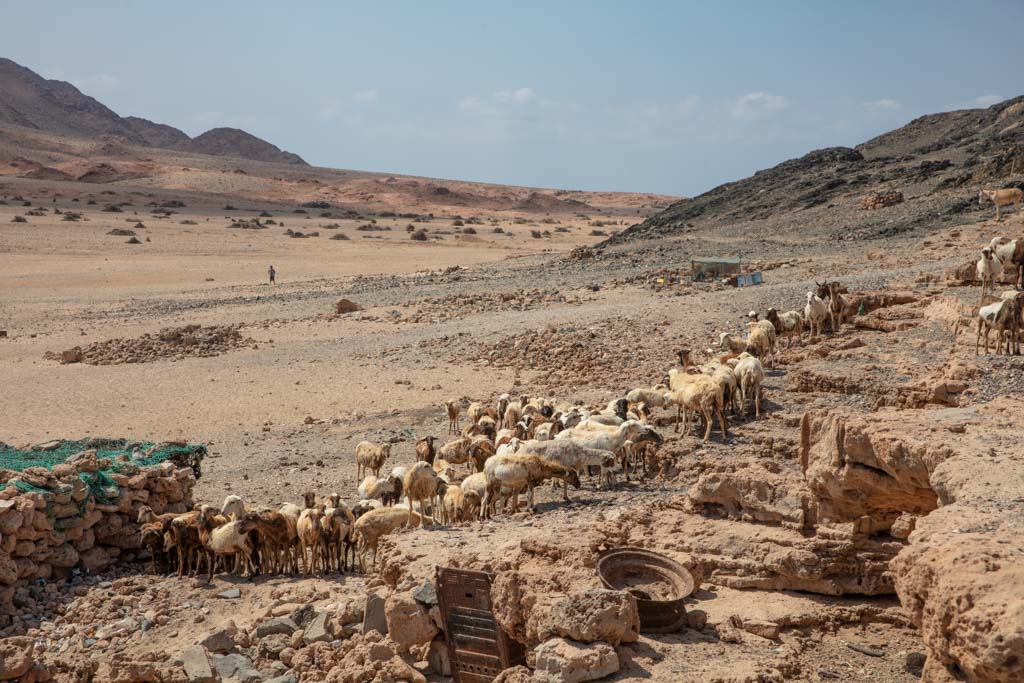
Crocodile Mountain

East of Khasat Saleh glimpses of the sea come back into view again as we approached a fat pyramid of a hill that translates out local to ‘Crocodile Mountains’ since it bears a resemblance to the backside of a croc.
The Euphorbia Arbuscola
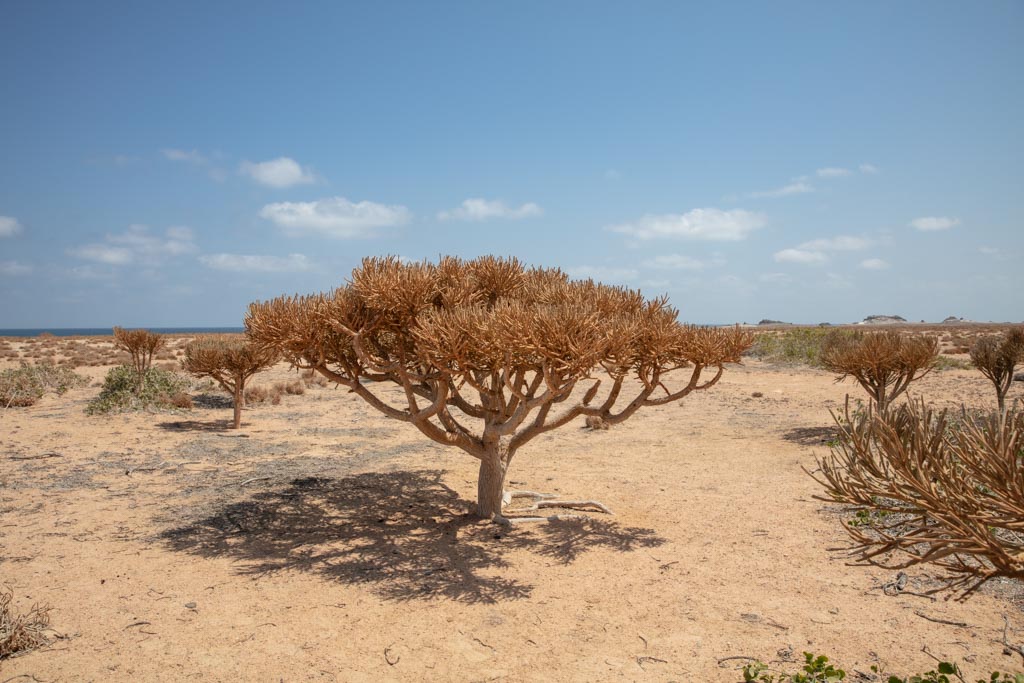
Socotra Island is known for its high concentration of endemics, but did you know that Socotra’s outer islands have their very own endemics that exist nowhere else too? Well, don’t get too excited- the Euphorbia abaskola isn’t endemic to Abd al Kuri as it’s found on Socotra Island as well as Samha.
Despite its lack of endemicness, this random patch of Euphorbia arbuscola growing just a short jaunt of the island’s main road is a sight to behold. This is a plant that you want to be careful around though, if the plant is cut or damaged it seeps a caustic white sap that will burn skin.
Tawahi
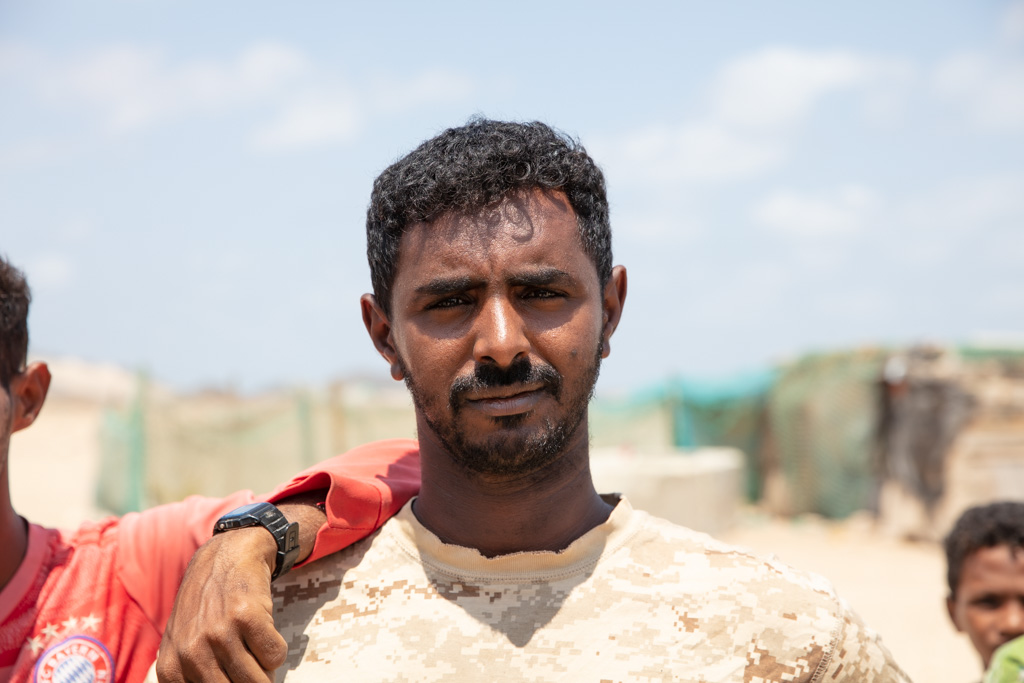

East of the patch of arbuscola we reached the village of Tawahi. Tawahi is in a bit of a quagmire at the moment due to its non-access to freshwater.
Access to fresh water is a problem all throughout Abd al Kuri and the Socotra Archipelago owing to the island chain’s arid conditions. In a single year, Abd al Kuri usually will see about one day of rain and no rain has come to the island since 2020 making it extra parched. Tawahi’s freshwater supply dried up, forcing its inhabitants to travel to the other nearby villages to fetch water.
Aliya
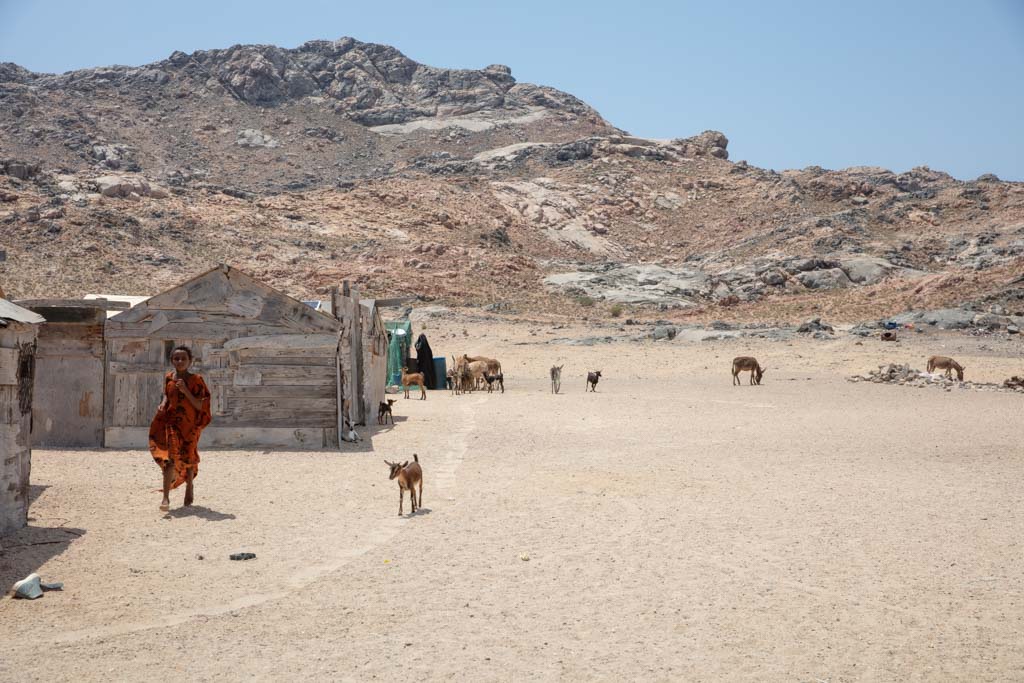
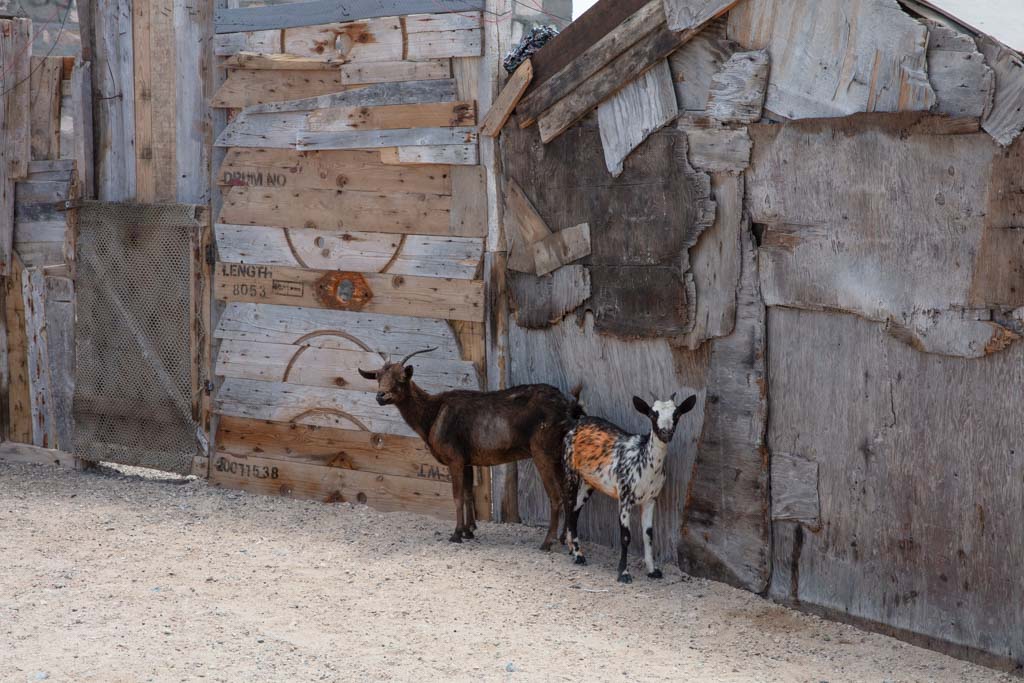
Little Aliya is the westernmost village on Abd al Kuri. It’s comprised of a scattering of stone homes flanked by red-orange mountains.
Ras al Kaysat al Nawm

The road continues east of Aliya, finally terminating at a sandy-white half-moon-shaped bay formed by Ras al Kaysat al Nawm. Here we crossed paths with a small group of foreign tourists who had made the journey out here to fish the waters around the Socotra Archipelago to catch the odd-looking Grand Travelli.


Local fishermen use this area quite a lot too and pretty soon we were met by a couple who ushered us onto their small down boat and cruised us to the bay next door to the north to gawk at the stark black and white rocks on the shore. Nearby, with a short walk to the north, there’s also a great little hike to the top of a hill that gives great views of the bays below.

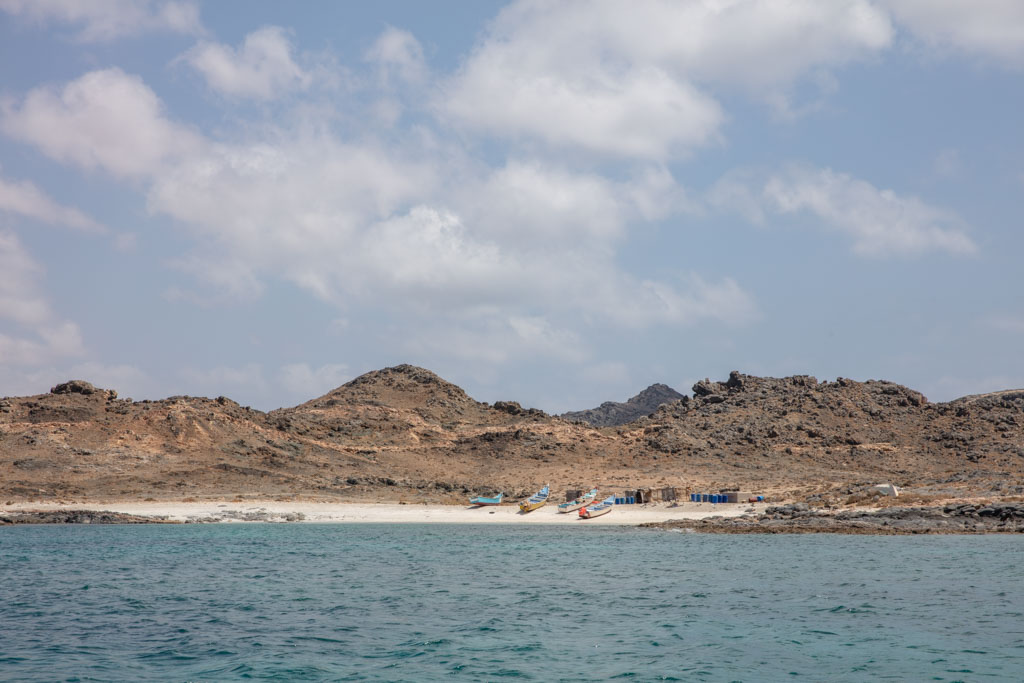
Euphorbia abdalkuri and Jebel Saleh
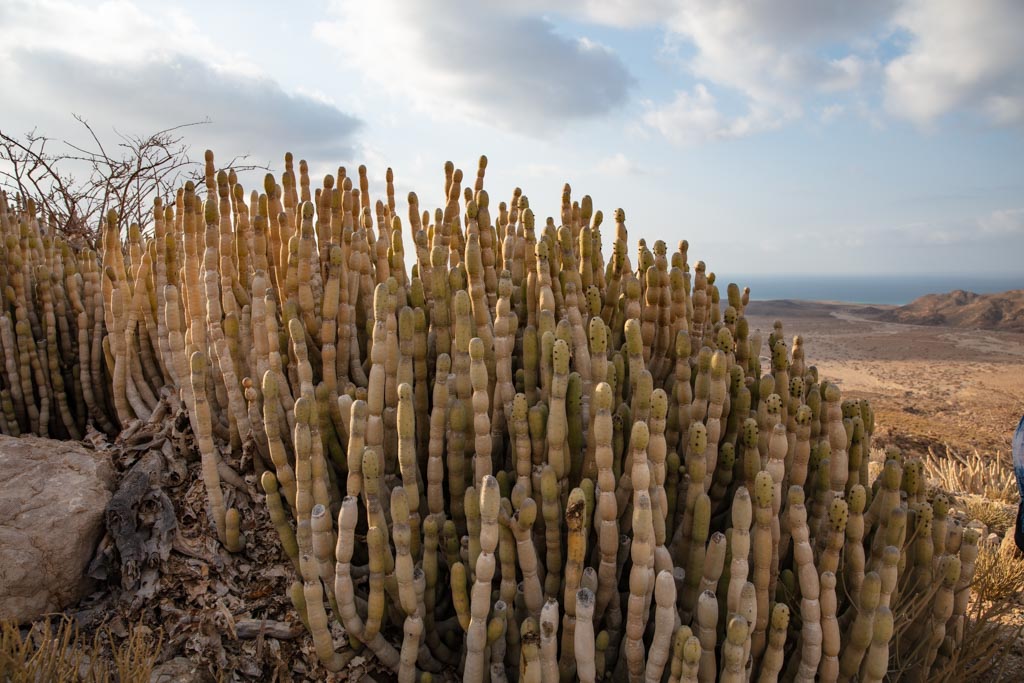
Finally, our last stop was on the way back just west of Khaysat Saleh. A 1.5 km walk uphill onto the base of Jebel Saleh brought us to a scattering of Abd al Kuri’s most famous endemic- Euphorbia abdalkuri.
The Euphorbia abdalkuri is a massive cactus-looking plant with cute little yellow blooms. This particular patch was sat up high with some of the grandest views on all of the island in the background. Much like many other members of the Euphorbia genus, Euphorbia abdalkuri also leeches out a caustic latex when cut or damaged.
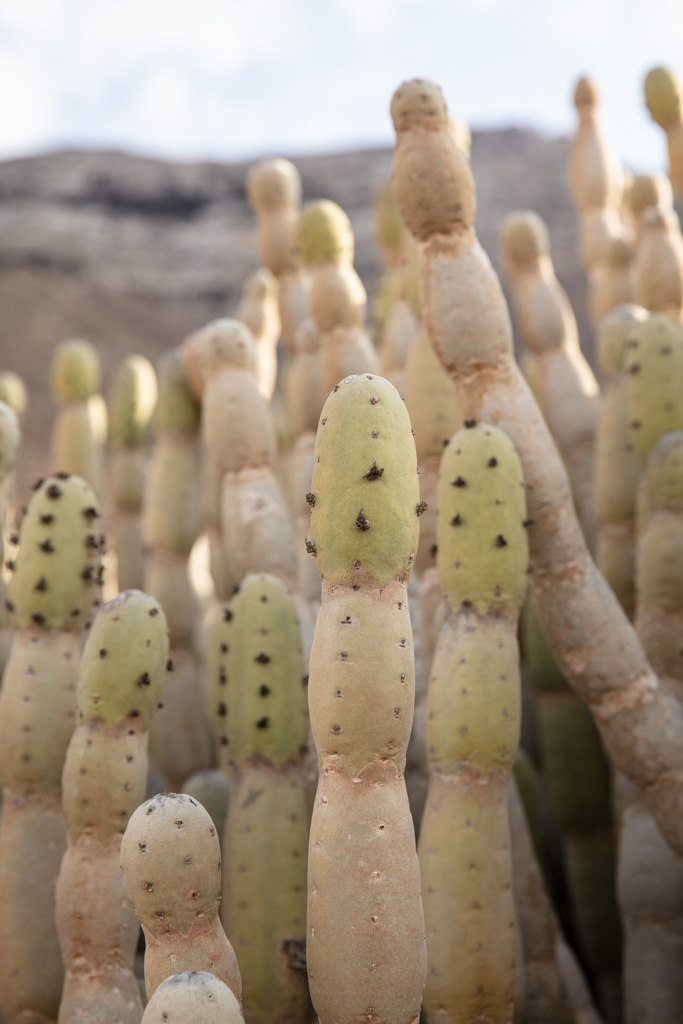

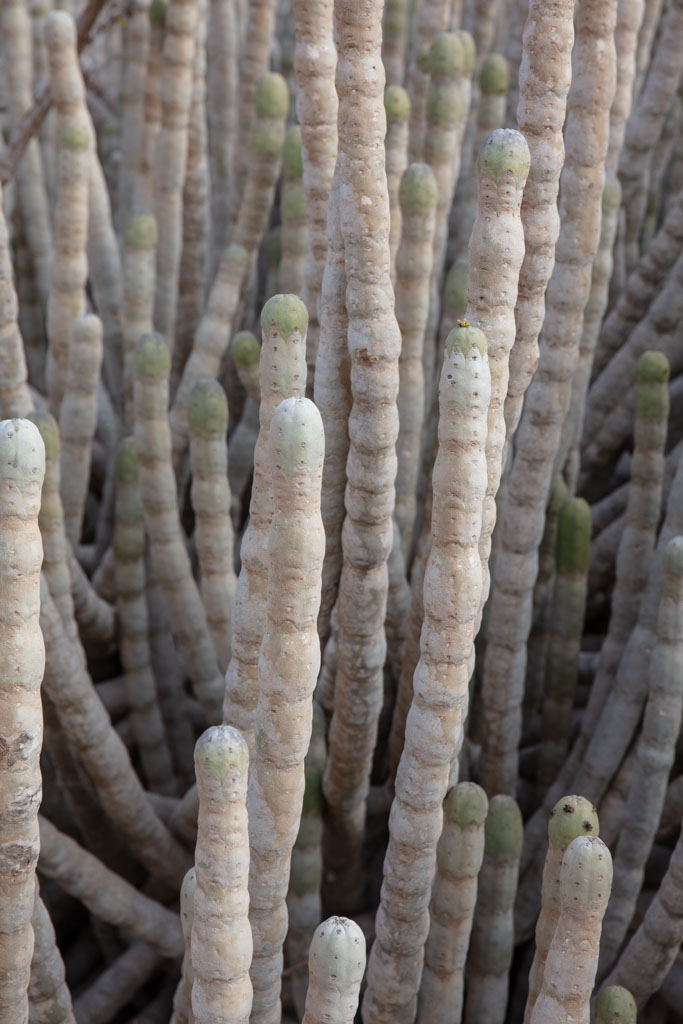
Endemics on Abd al Kuri
Abd al Kuri hosts 15 known endemic species that are found only on the island and nowhere else. I have never been able to track down a full list of all of Abd al Kuri’s 15 endemic plant and animal species, so my short list is going to have to do for now.
Flora
- Euphorbia abdalkuri
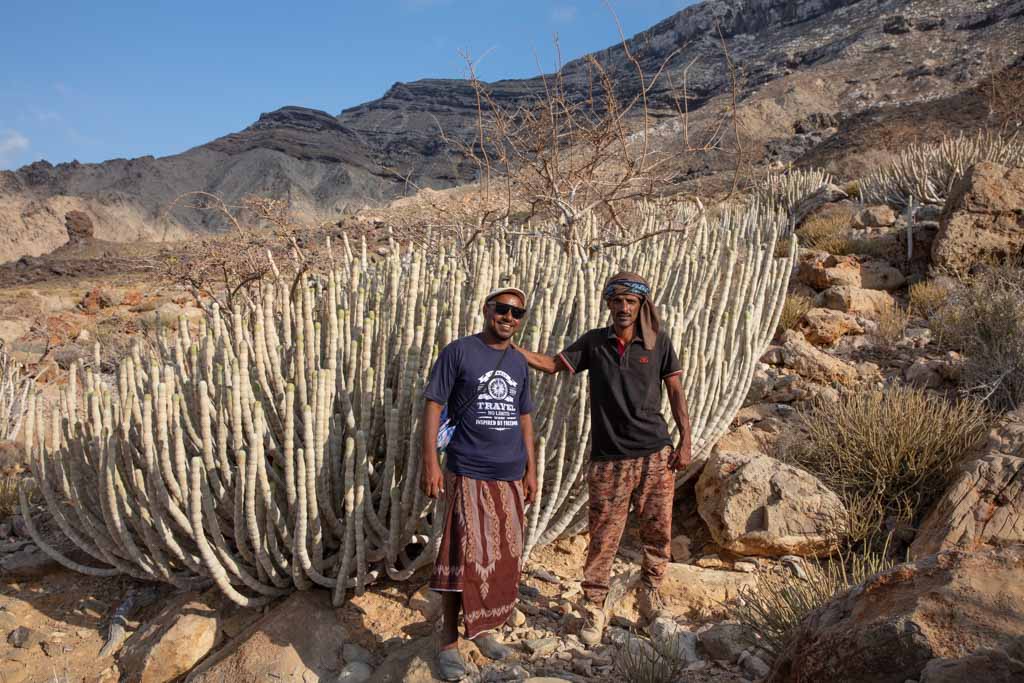
Fauna
- Abdalkuri Sparrow
- Mesalina kuri
- Pristurus abdelkuri
Samha
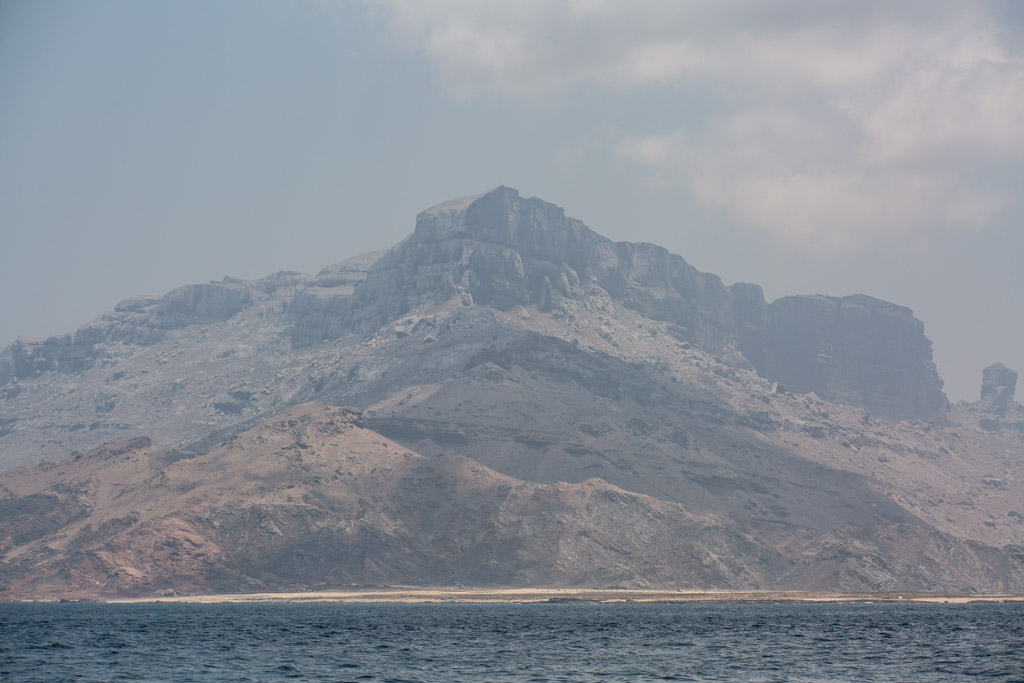
After exploring Abd al Kuri from east to west we packed up early the next morning to start the journey toward al akhawain– the name given to the pair Samha and Darsa, translating out to brothers. After our much longer than budgeted journey from Qalansiya to Abd al Kuri we were already joking about how long it was going to take to reach Samha. Sami said he thought about 6 hours, so we guessed 12- but Sami was right we arrived outside Samha’s one and only village 6 hours later.
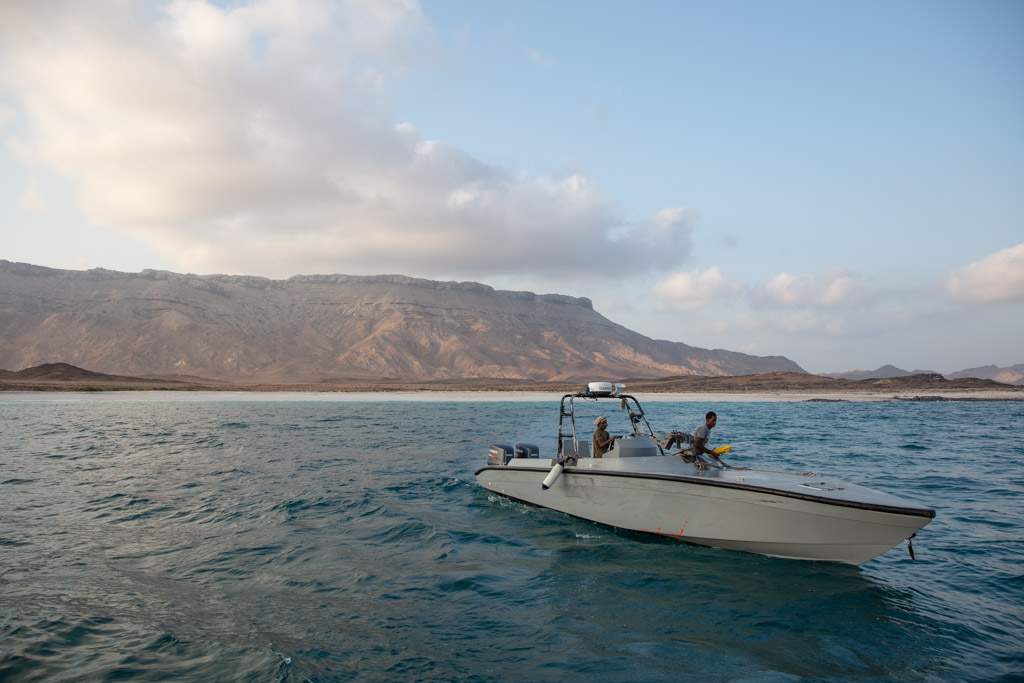
As Samha first came into view it was apparent that it was quite rocky with its interior dominated by a mesa-like limestone plateau that seemed to loom menacingly over Samha’s single lonely village. The village is sat in a narrow canyon that spills into the sea looking like someone had driven a hatchet straight into the rocky island to make a place for people to populate. The highest point on Samha is atop the limestone plateau at an elevation of 780 meters.

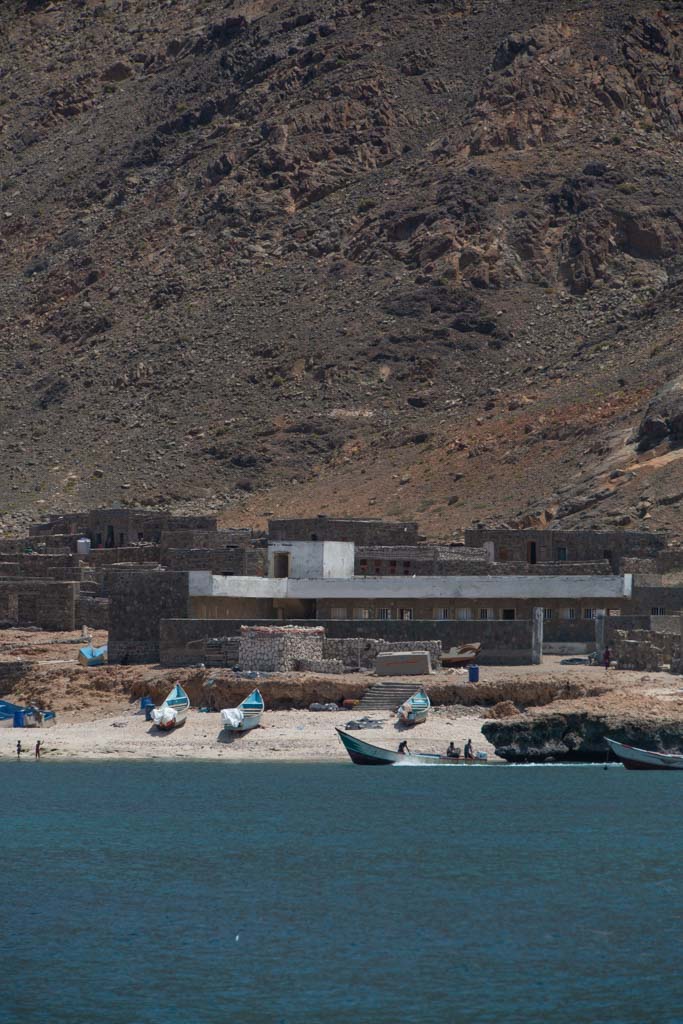
Trekking to Samha’s Highlands
As soon as we arrived, we hit the ground running to trek into the island’s interior and back to the village before dark with a mission in place- to reach the endemic Begonia samhaensis. Samha is by no means a large island at 12 km long and 7 km wide, so we would be hiking nearly halfway across it.

The path up to where we were going is used by locals, meandering first through a small canyon before climbing up a rocky outcrop and eventually up onto a cliffy plateau that forms Samha’s rugged highlands, passing by several shepherd’s stone homes along the route. Samha features a lot of varying landscapes despite its modest size.
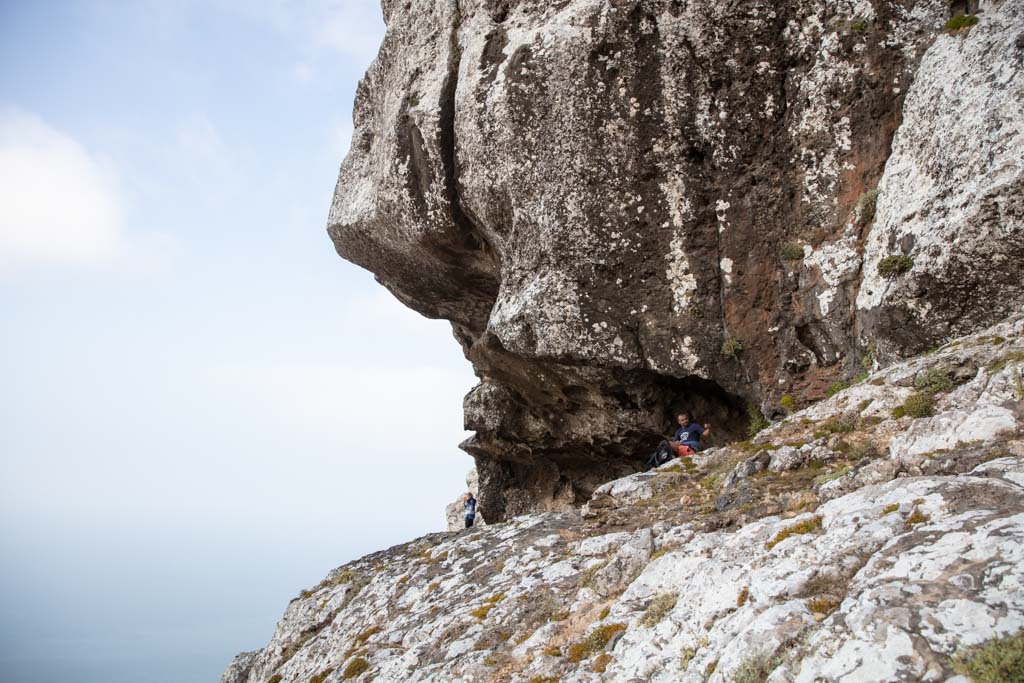
But truth be told, Samha was my least favorite of the Socotra Outer Islands. The place just had a strange vibe to it that I couldn’t quite place my finger on, but nonetheless I am thrilled that I finally was able to explore it.

Back in Samha Village
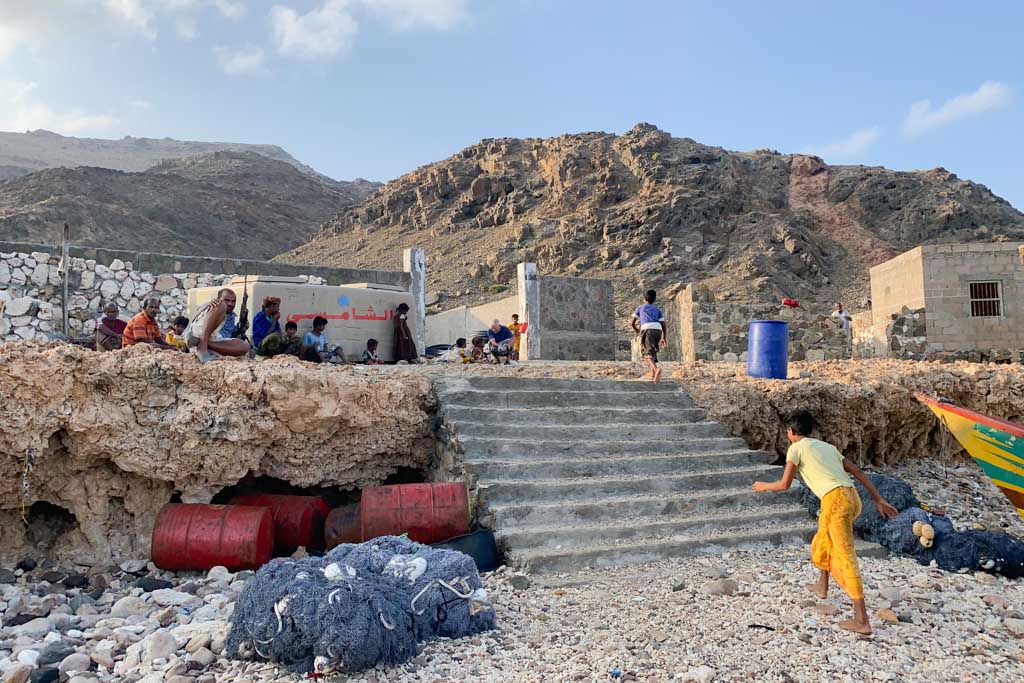
We managed to roll back into the village right as the sun set with perfect timing.
There isn’t really anywhere great to set up camp right in the village so we were brought to set up tents in the island’s schoolyard. Samha does have a fairly large school considering that estimates put the island’s population somewhere between 100 and 200 people.
The school isn’t used very much from what we were told by locals in the village as they don’t have regular teachers and when one does come out there they usually are only there for a month or so. Much like Abd al Kuri, many of Samha’s residents make way for the Hadhramaut region of mainland Yemen in the summer months.
It should be possible with permission to camp on Samha along the trek up to the limestone plateau. Not too far outside the village is a few good spots to pitch a tent for the night.
Endemics on Samha
Samha has 10 known endemic species, though much like Abd al Kuri, I’ve not been able to track down the list of all 10. There are two endemic flora species that I am aware of and those are the Begonia samhaensis and the Pelargonium insularis. Both plants like to grow high up on the cliffs that form the limestone plateau in crevices where they can collect mist as clouds roll past the mesa in the interior.
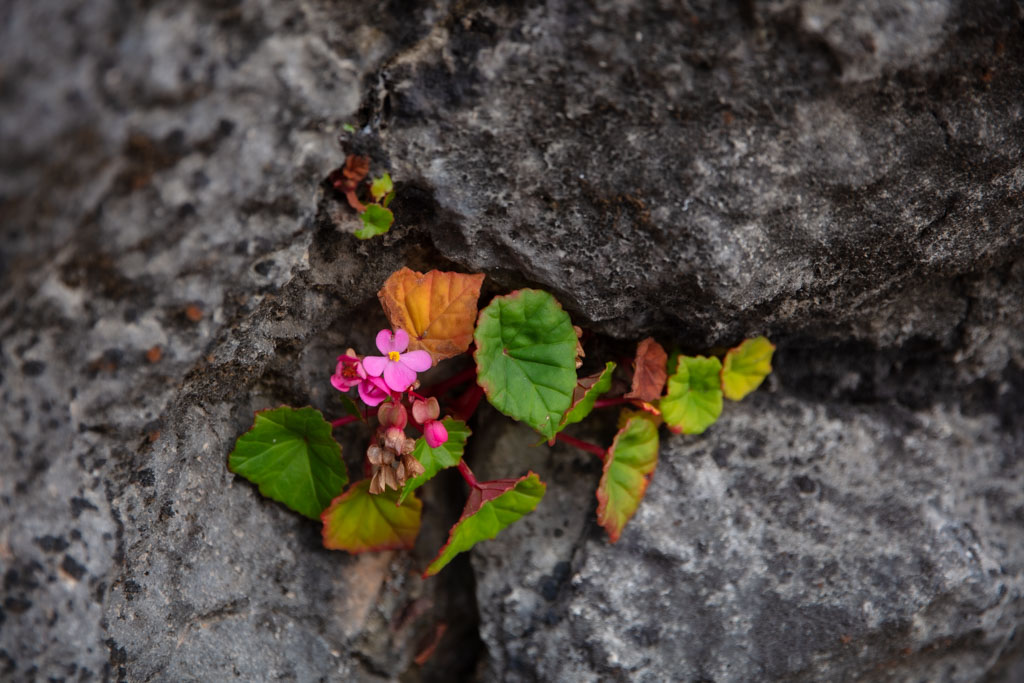
We didn’t find the Pelargonium insularis but did find not one but two Begonia samhaensis high up on the limestone plateau. To be completely honest, I thought it looked exactly like the Begonia socotrana (that is endemic to Socotra Island) so I wouldn’t have been able to decipher the two from a lineup (for I am nothing more than a plant enthusiast).
Samha is listed as an Important Bird Area and as you approach the high cliffs of the plateau their presence can undoubtedly be heard.
Darsa
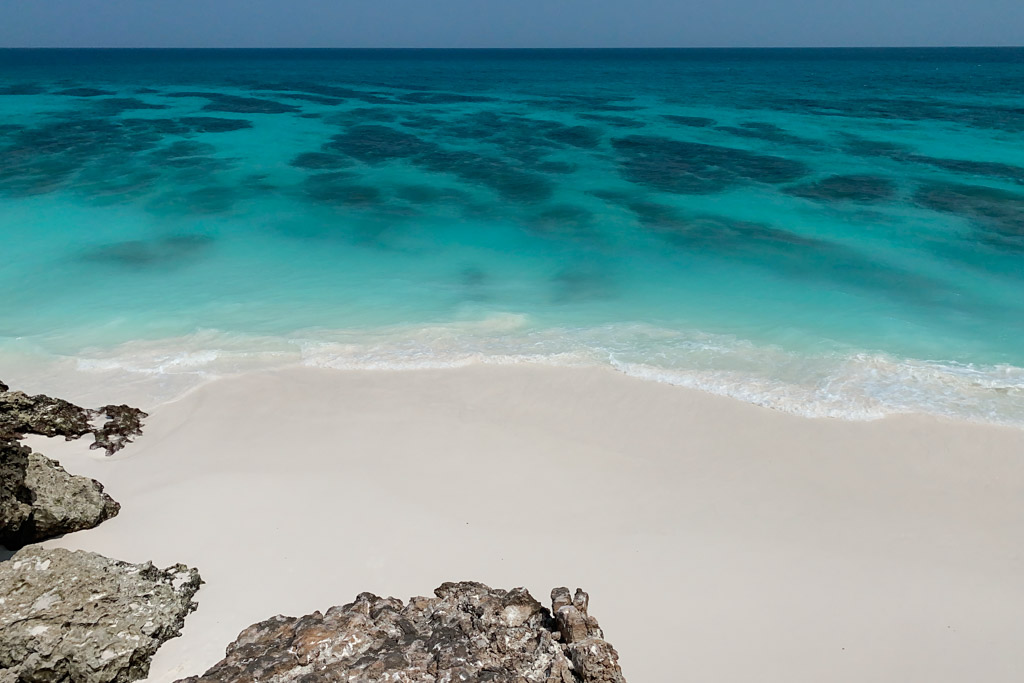
The next morning we awoke at sunrise to make way to Darsa, our final island of the Socotra Outer Islands Archipelago. Darsa is located only 17 km from Samha so it’s a short journey to reach. We did however leave Samha with a fishing boat towed behind us so that we could land on Darsa’s one beach before letting the fisherman return to their homes in Samha afterward.
Just two hours later Darsa had already come into view. It was more round in shape than Samha as we neared it but still equally as uninviting in terms of its rugged features. I knew that there was supposed to be a sandy area where it was possible to get to the island, but at first glance, it didn’t look like there might be a way onto the island.
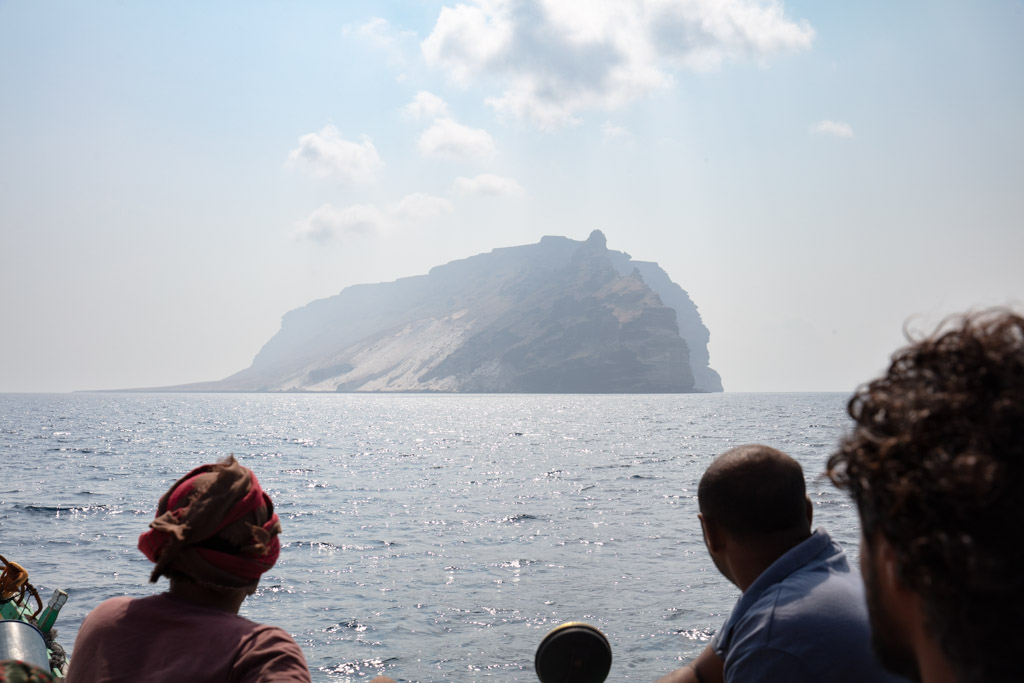
Eventually, as we traveled along Darsa’s north coast a blinding white sand beach came into view sat in front of a pockmarked wall that rolled up onto a spine of hills that formed the interior of the island.
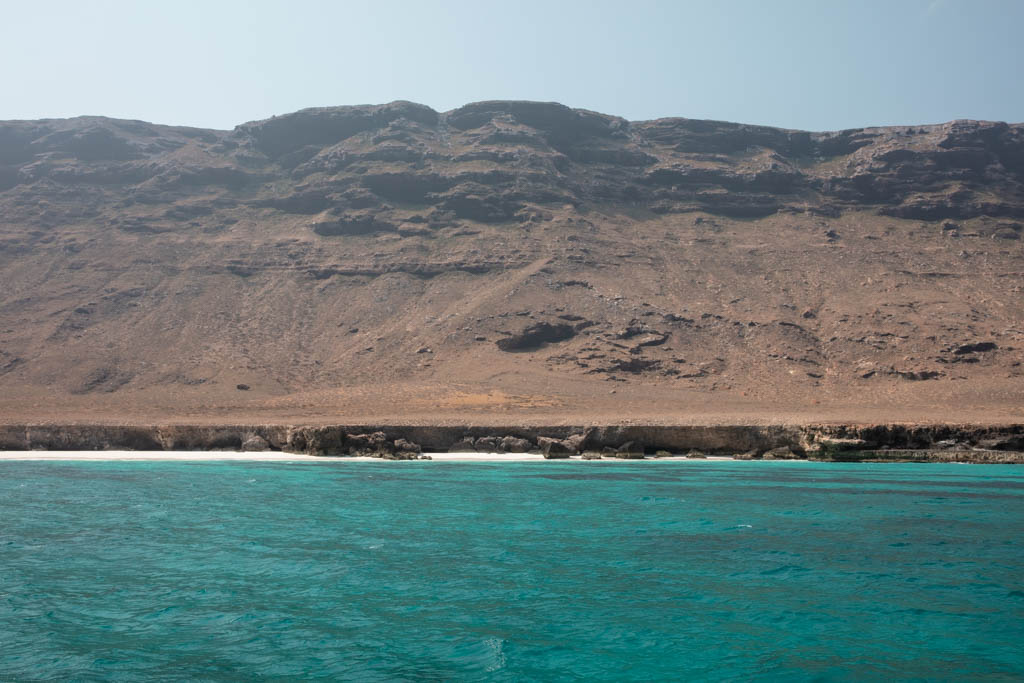
Darsa is the smallest of the islands that form the Socotra Archipelago at only 6 km long and 2 km wide. It’s also the only uninhabited of the full-blown islands.
Much like its brother, Samha, Darsa is also a noted Important Bird Area with the squawky inhabitants dominating the island’s interior.
Birds Breed Rat City on Darsa

Darsa really only has two residents, birds, and rats- and they go hand-in-hand. Sami told us tails of fisherman attempting to sleep here only to be driven out by the relentless rats that typically would be found feasting on eggs belonging to nesting birds that live up on hills that form the backbone of the island.
Needless to say, we didn’t spend the night in Darsa, though its beach is among the most beautiful in the world (as far as I’m concerned), so the thought was still quite alluring.
White Sands and Sea Caves
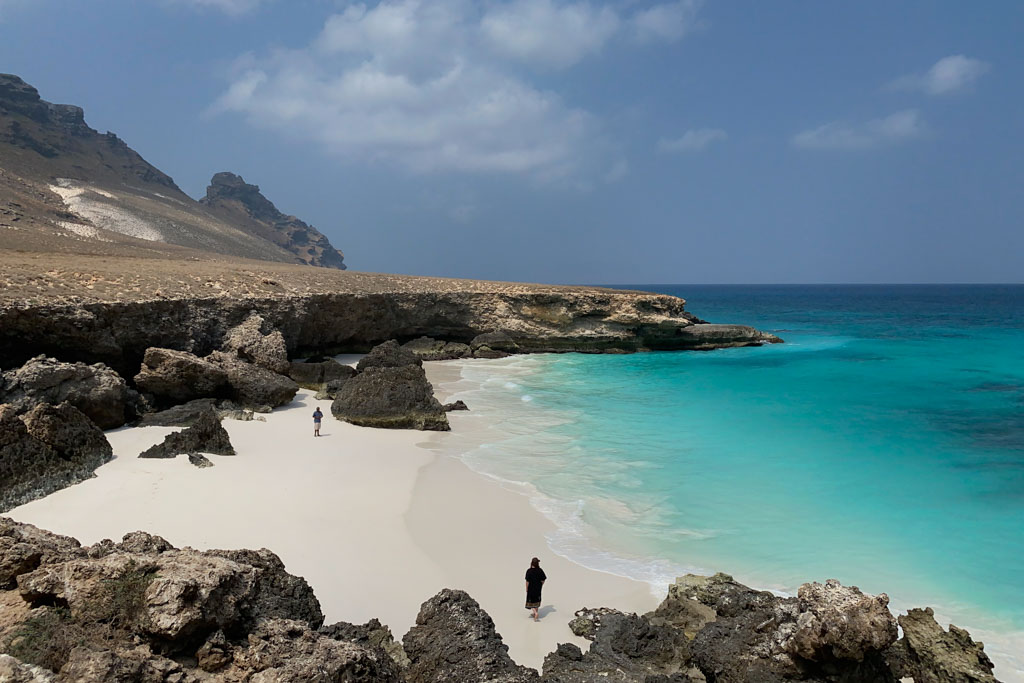
Darsa wasn’t much of a looker upon first inspection but once on the fishing boat about to disembark onto surgery white sand and crystal clear cerulean waters it became abundantly clear that we were about to spend part of an afternoon on the most gorgeous beach I’ve ever seen (and I’ve seen a lot of truly amazing ones).
It almost looks like a part of Darsa eroded and sloughed off right into the sea exposing perfect white sands and revealing a series of sea caves with epic views of the sea from within. Darsa is unequivocal heaven on Earth (in the daytime at least).
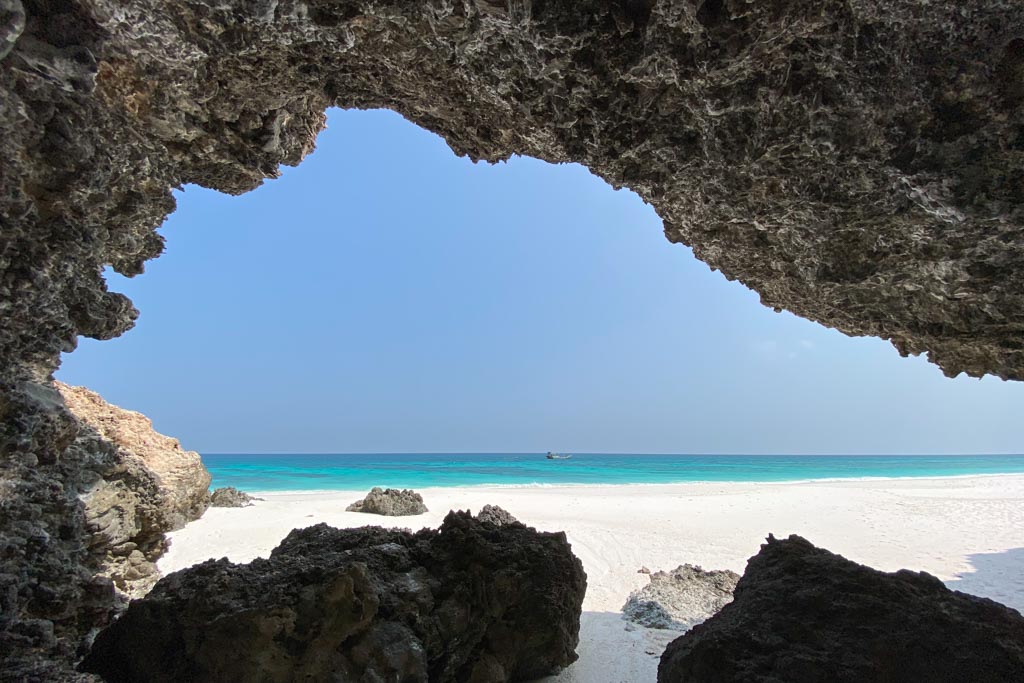

Back to Qalansiya

Begrudgingly we loaded back into the fishing boat to get back on our larger boat to make way back to Socotra Island. In all, the journey to Qalansiya from Darsa took about 6 hours.
Islets of the Socotra Archipelago
Finally onto the Socotra Archipelago’s sea stacks of Kal Firun and Sabuniya. Both sea stacks are important bird sanctuaries.
Kal Firun

Kal Firun is located about 20 km north of Abd al Kuri’s northwest shore. It’s comprised of two sea stacks sitting side by side- Kal Firun North and Ka Firun South.
Sabuniya
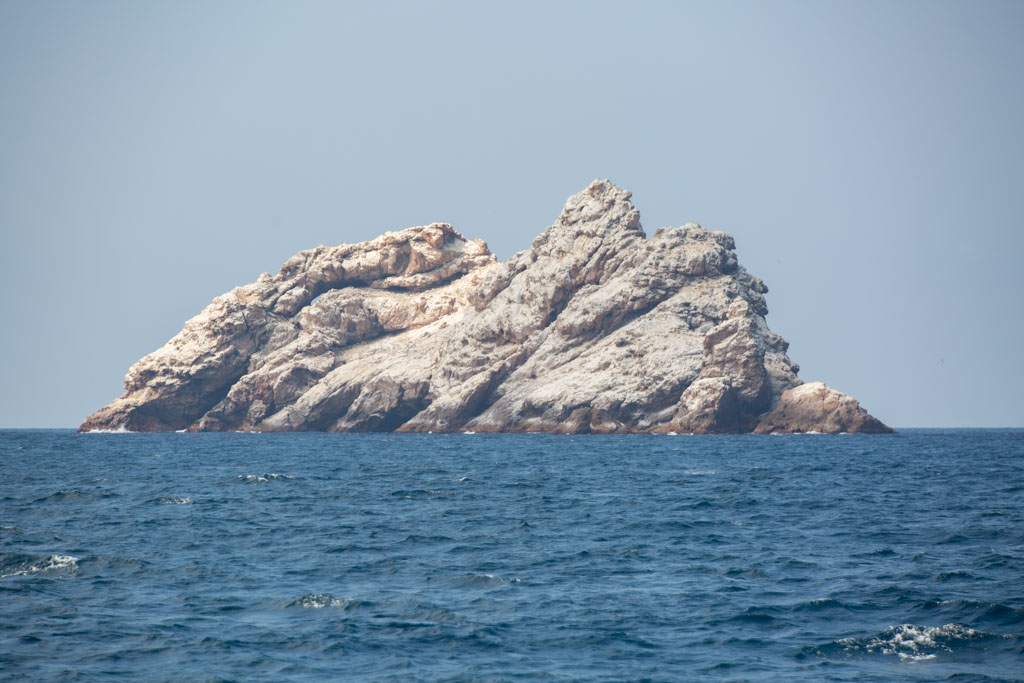
Sabuniya is a somewhat pyramidal sea stack about 20 km west of Qalansiya on the main Socotra Island. We were able to get relatively close to it and it’s nothing much more than a barren rock in the ocean with a bazillion birds hovering around.
How to get to Socotra’s Outer Islands
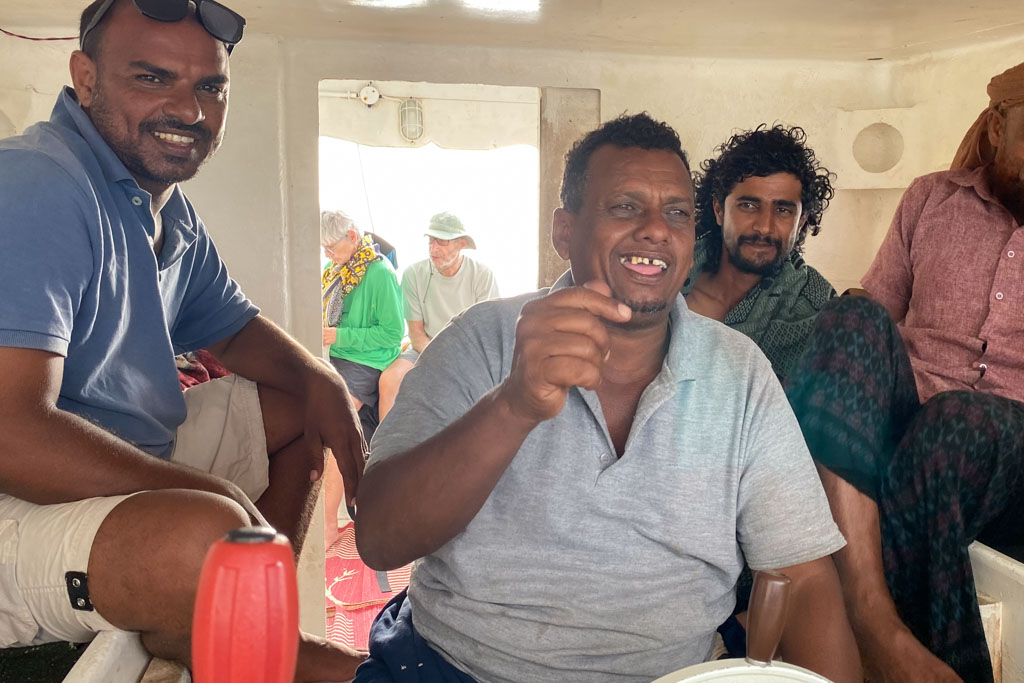
Getting to the outer islands of Socotra isn’t as complicated as you may think, though full disclosure, it’s an expensive and time-consuming endeavor. You will need the help of a local tour agency to make this trip happen as it involves setting up a boat charter as well as the staff needed to run it and permits that allow for you to visit the Socotra outer islands as they are protected.
The boat you take out to the outer islands from Socotra is large enough and pretty comfortable considering where on the globe you’re at. We had a group of 7 onboard along with the boat staff and our local guiding and operating crew. They say you can get 20 passengers (tourists) aboard but I think you would want to cap it at about 12 max for comfort’s sake.
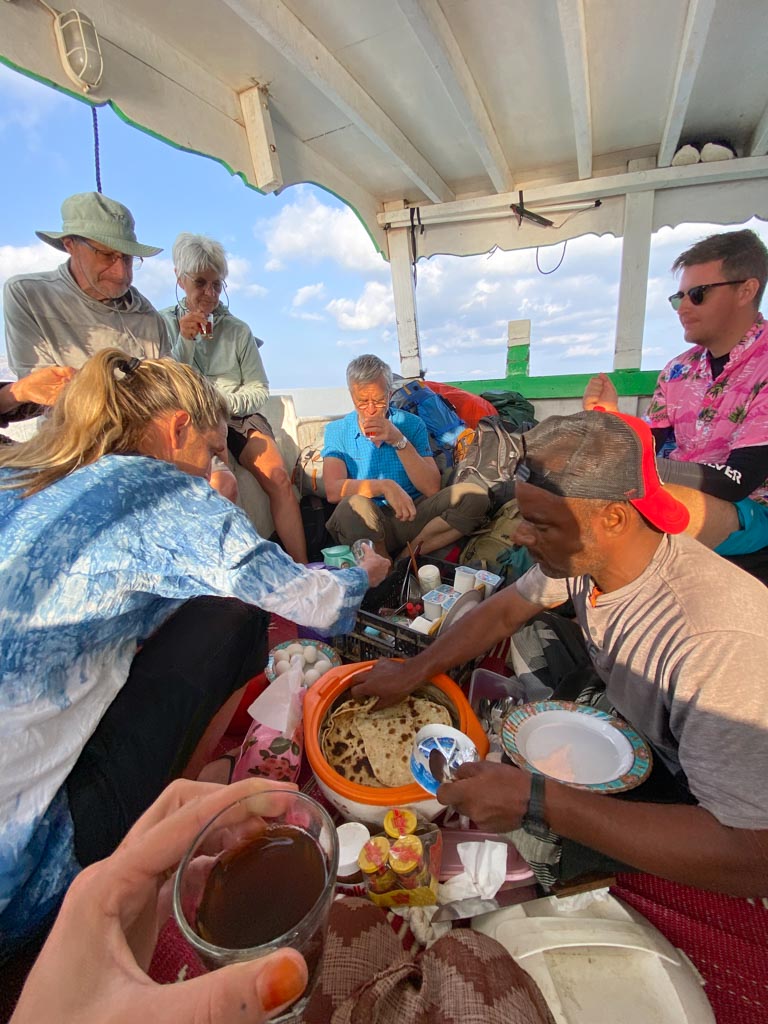
When I had looked into doing this Socotra outer islands itinerary in the past I’ve had estimates for the boat charter between $4,500 to 10,000 USD for 4-7 days, though that high price tag is split amongst the number of people in your group. If visiting the Socotra outer islands is something on your to-do list, get in touch.
Have any questions about visiting the Socotra Outer Islands?
Ask your questions about Abd al Kuri, Samha, and Darsa below.
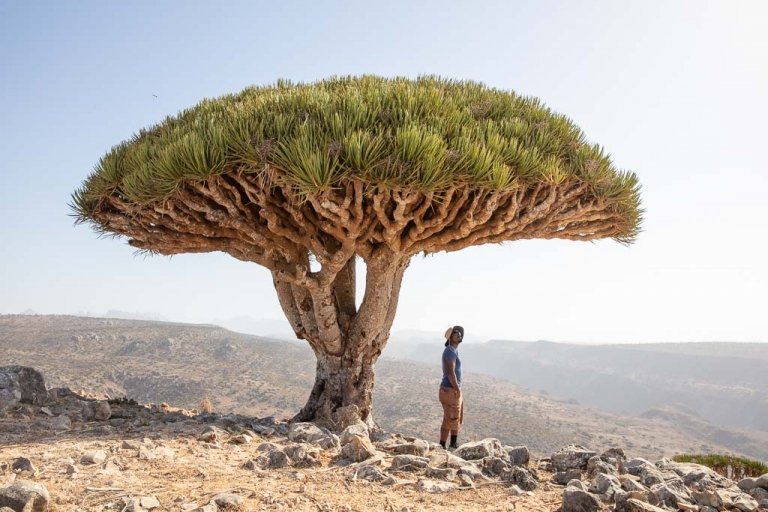
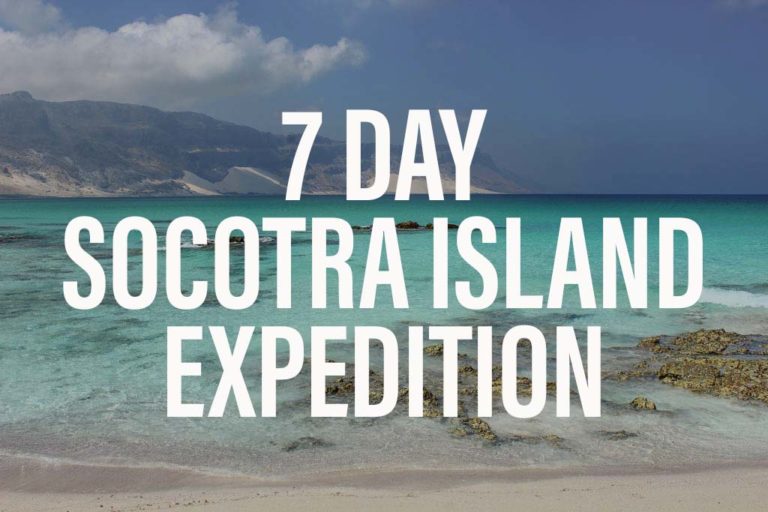
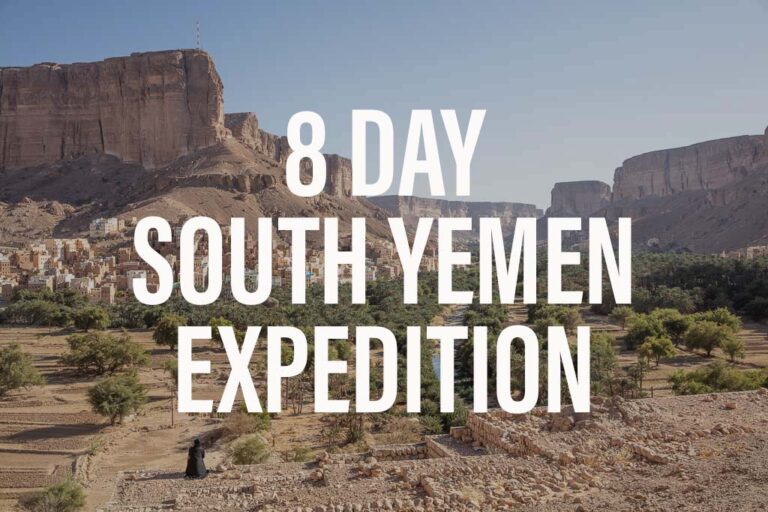

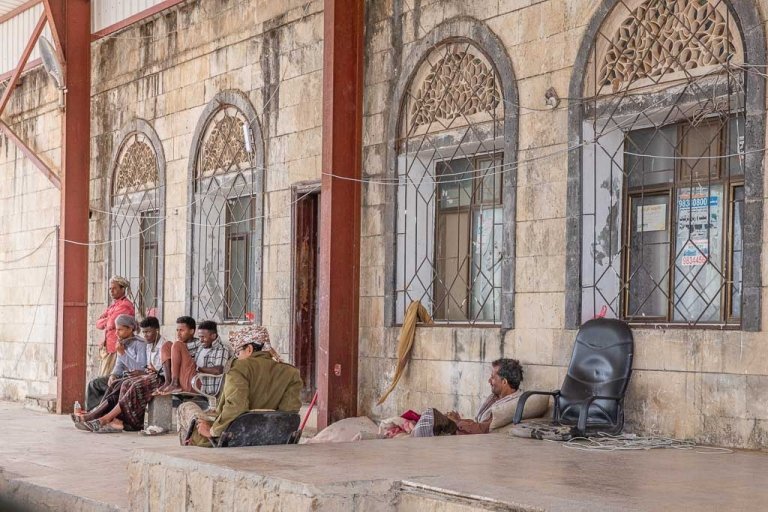
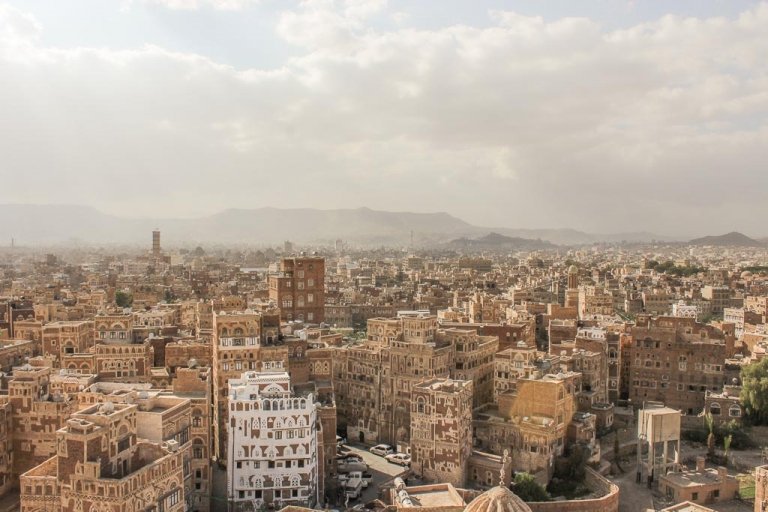

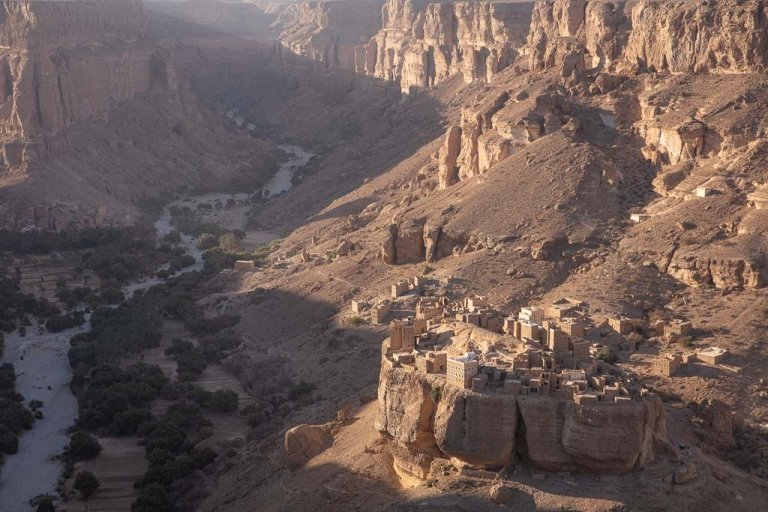
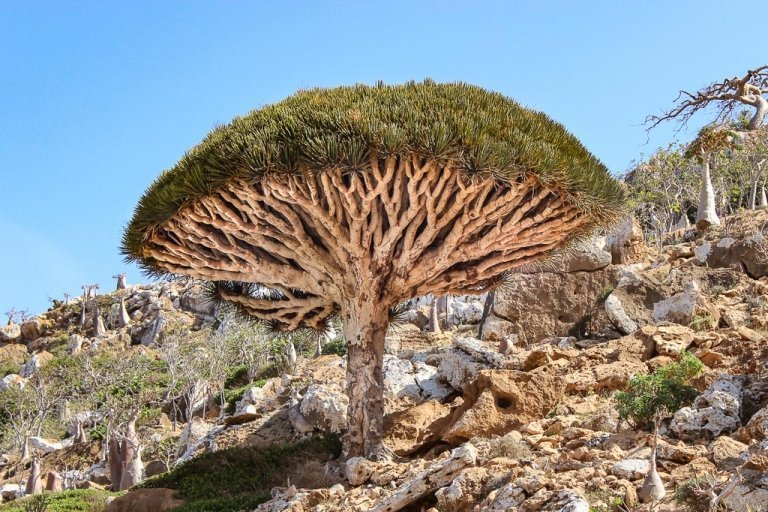
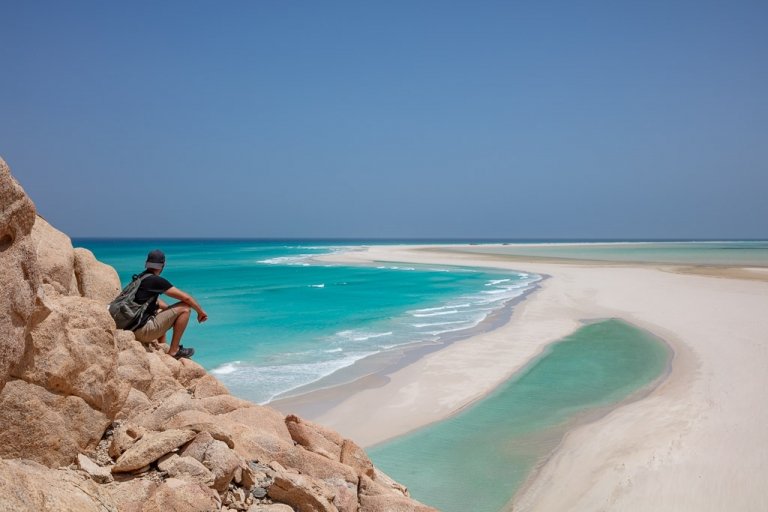
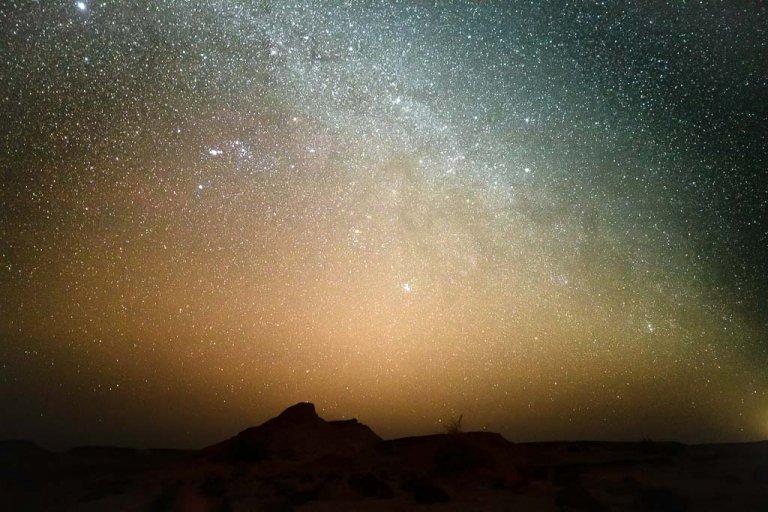
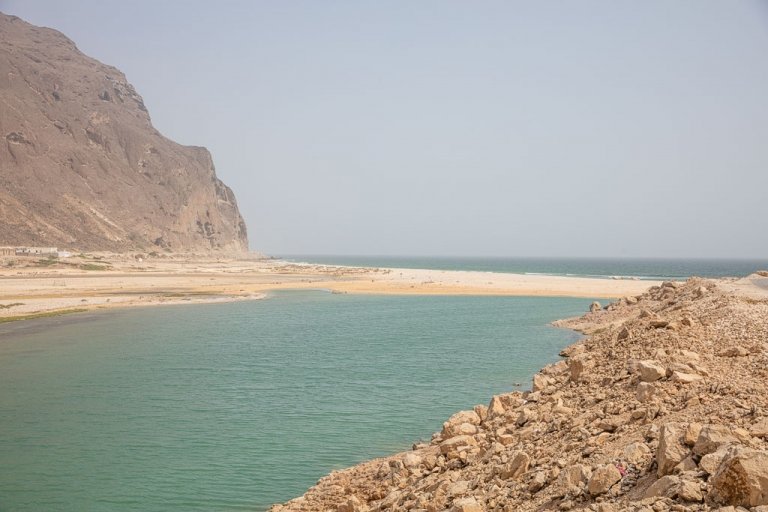
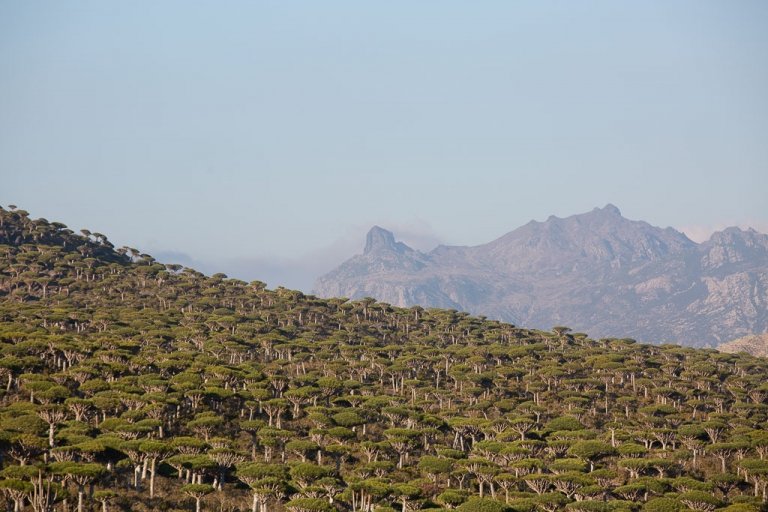
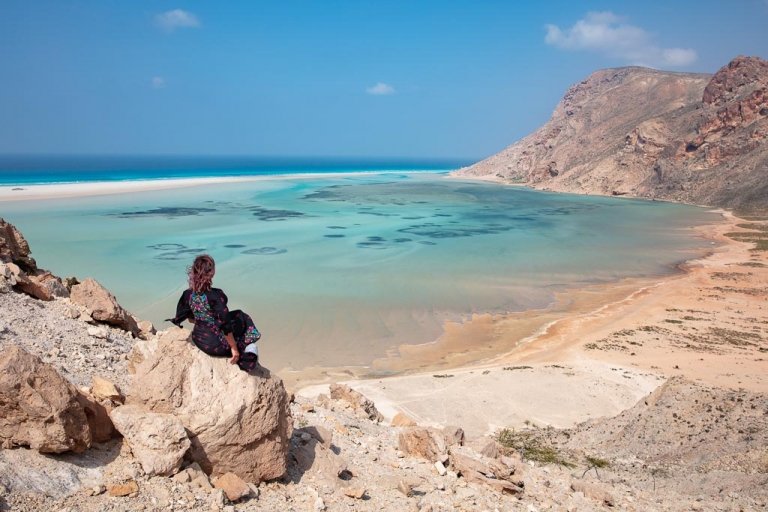
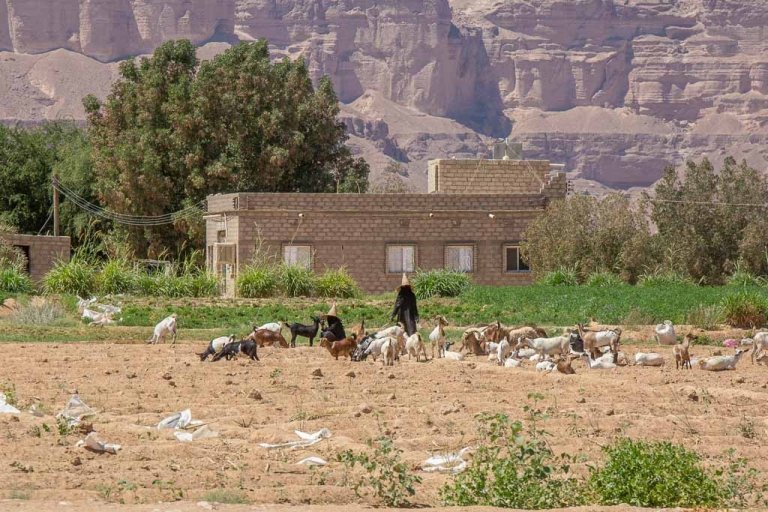
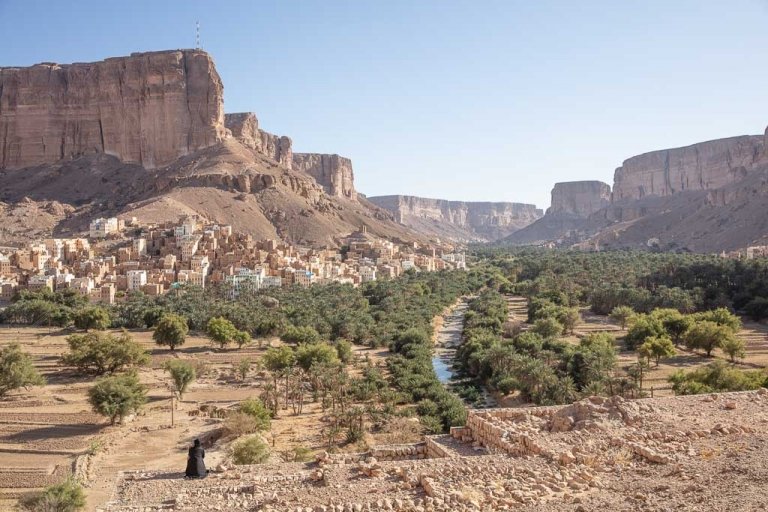

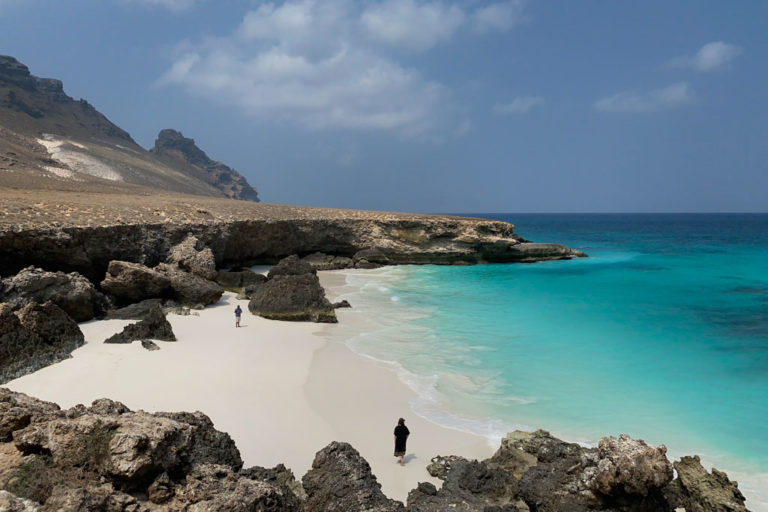
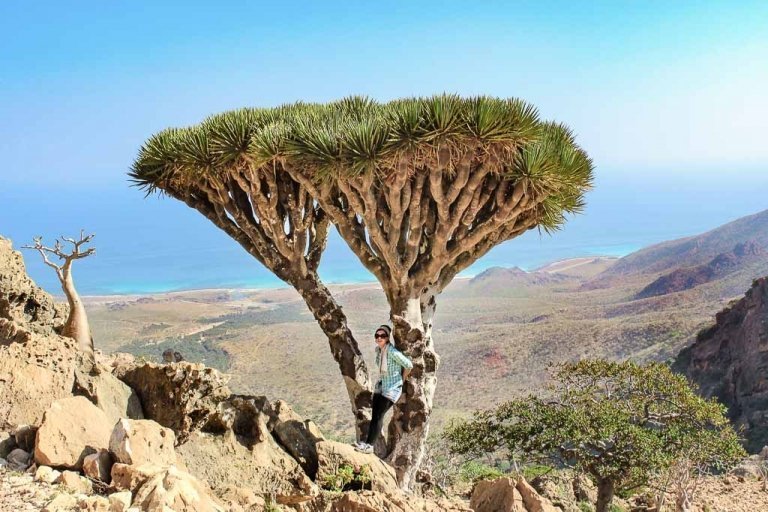

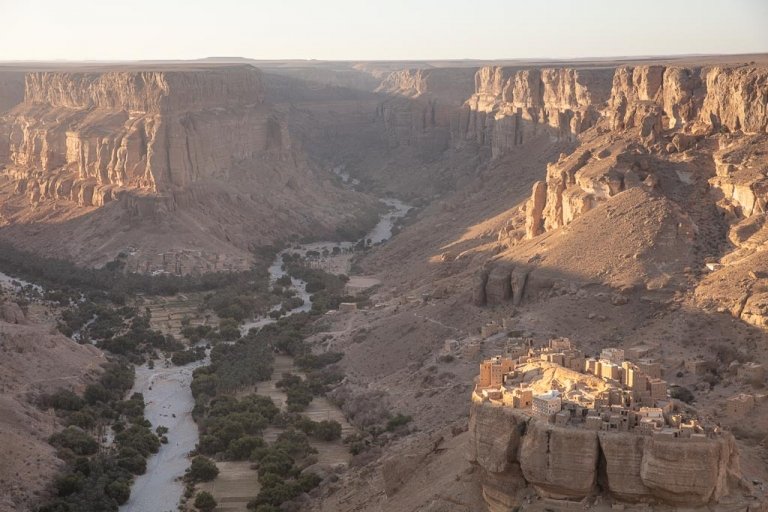
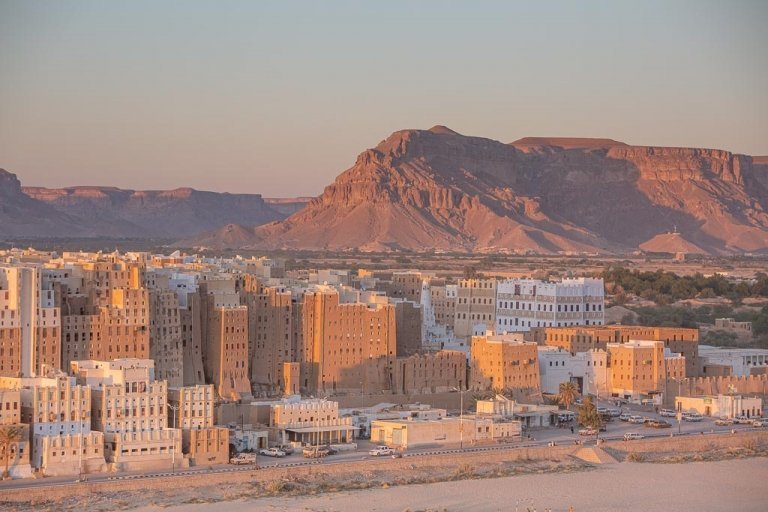



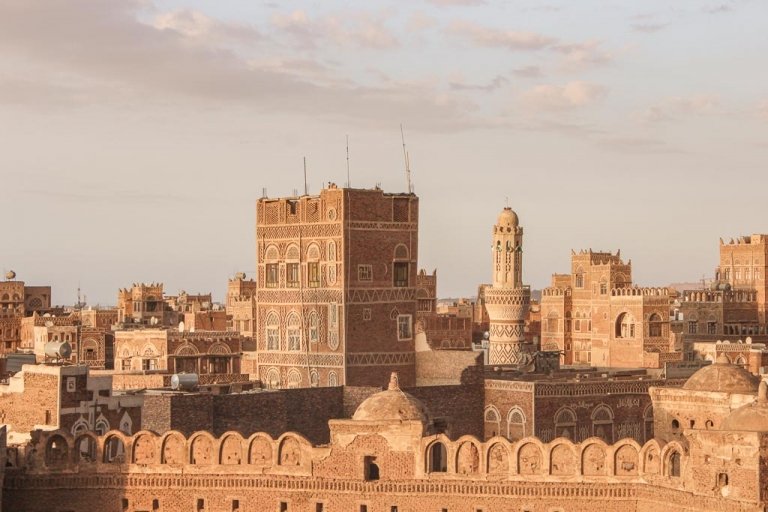
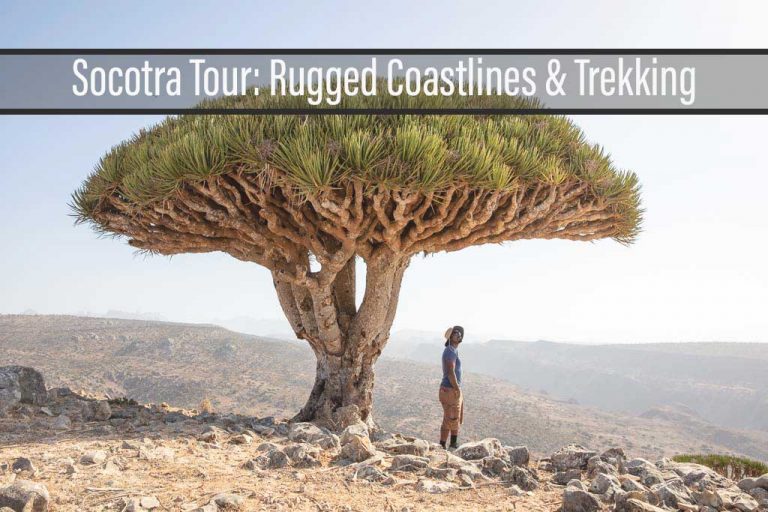

THANK YOU for a very well written article Nicole, and especially all the beautiful photos. I’ve been to Socotra once but not the other islands. One day!
Warren
Australia
Thanks Warren,
Hope you can make a return for the outer islands one of these days! Was definitely worth the effort to get out there!